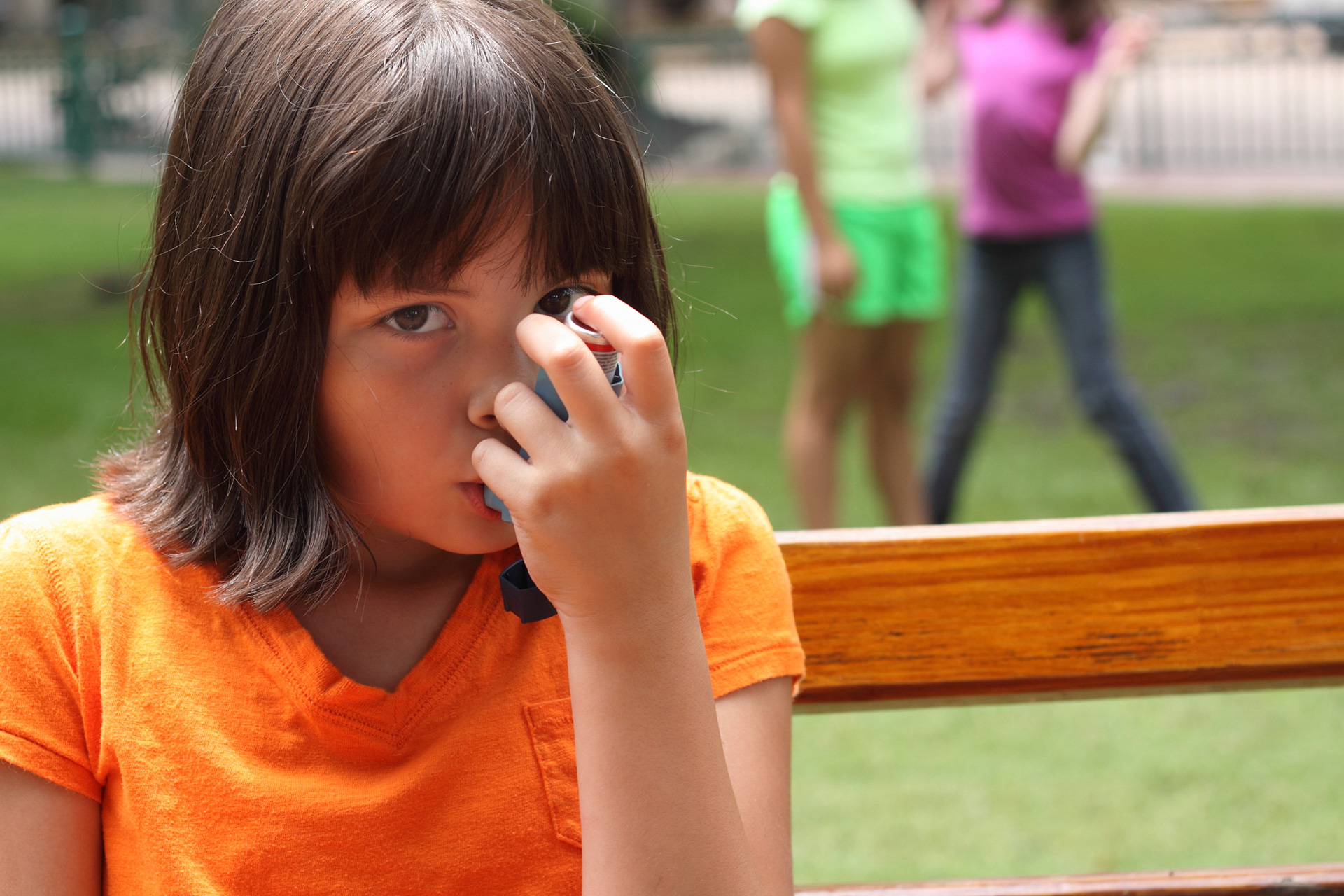-
School children with asthma are at increased risk of flare-ups during the first few weeks of the school term, the National Asthma Council Australia. With the new school year starting up, it’s important for parents of children with asthma to be prepared for an increase in day-to-day symptoms such as wheezing, coughing and chest tightness, and to have a plan for preventing more serious flare-ups.
“The phenomenon of ‘back to school asthma’ is well known, and the common cold is likely to be the culprit,” says the Council’s Chairman, Dr Jonathan Burdon AM. “Even in the summertime, viruses are common and readily spread around school classrooms, which can lead to asthma flaring up in children, and cause a spike in hospitalisations and days off school due to asthma in the few first months of the school year.
“Factors such as stress, a change of environment or allergens and less strict asthma management over the holidays can also lead to asthma problems.”
Asthma can be an uncomfortable and scary condition for children, and the consequences can sometimes be serious – so it’s vital to take appropriate preventative measures, as directed by your doctor, particularly in the first few weeks of school.
“It’s important that preventer medications are taken, when prescribed, and that both children and carers are familiar with their reliever puffer and know how to use it correctly,” Dr Burdon says. “Taking these preventative measures before and during the first few weeks of school can go a long way to helping keep children with asthma out of hospital.”
Back-to-school asthma checklist
The National Asthma Council Australia suggests the following steps:
1. Ensure your child has an up-to-date written asthma action plan prepared by their doctor.
2. Give the school or childcare a copy of your child’s asthma action plan and tell teachers and staff if your child requires help with using their puffer.
3. Get your child back into their daily asthma routine before the school year begins, including taking preventer medications every day if prescribed.
4. Pack a reliever puffer and spacer in your child’s school bag – check that the puffer isn’t empty or out of date.
5. Make sure your child knows how to use their puffer by themselves (if old enough), or with help.
6. Ensure your child feels comfortable asking for help or telling their teacher if they are getting asthma symptoms.
7. Talk to school administrators about possible asthma triggers and whether staff members receive training on how to recognise and respond to asthma symptoms.
Find out more at nationalasthma.org.au
Back-to-school asthma plan

-
How to set up your bedroom for better sleep
The sleep experts share some secrets.
-
5 healthy habits (and how to keep them)
New Year's resolutions are easy to make and hard to keep. Discover how to make healthy habits for 2024.
-
How to feel more connected this festive season
Feeling stressed or lonely this festive season?
-
Life’s a beach
If you want to take it easy at the beach, start by making the trip easier on yourself. Cameron Williams reveals the discoveries that made his time at the beach more enjoyable.
-
Learn how small bursts of movement can have a positive impact on employee wellbeing
-
How to do a digital detox
Reduce screen time with a digital detox, and improve your mental health and wellbeing.
Subscribe to receive the best from Live Better every week. Healthy recipes, exercise tips and activities, offers and promotions – everything to help you eat, move and feel better.
By clicking sign up I understand and agree to Medibank's privacy policy






